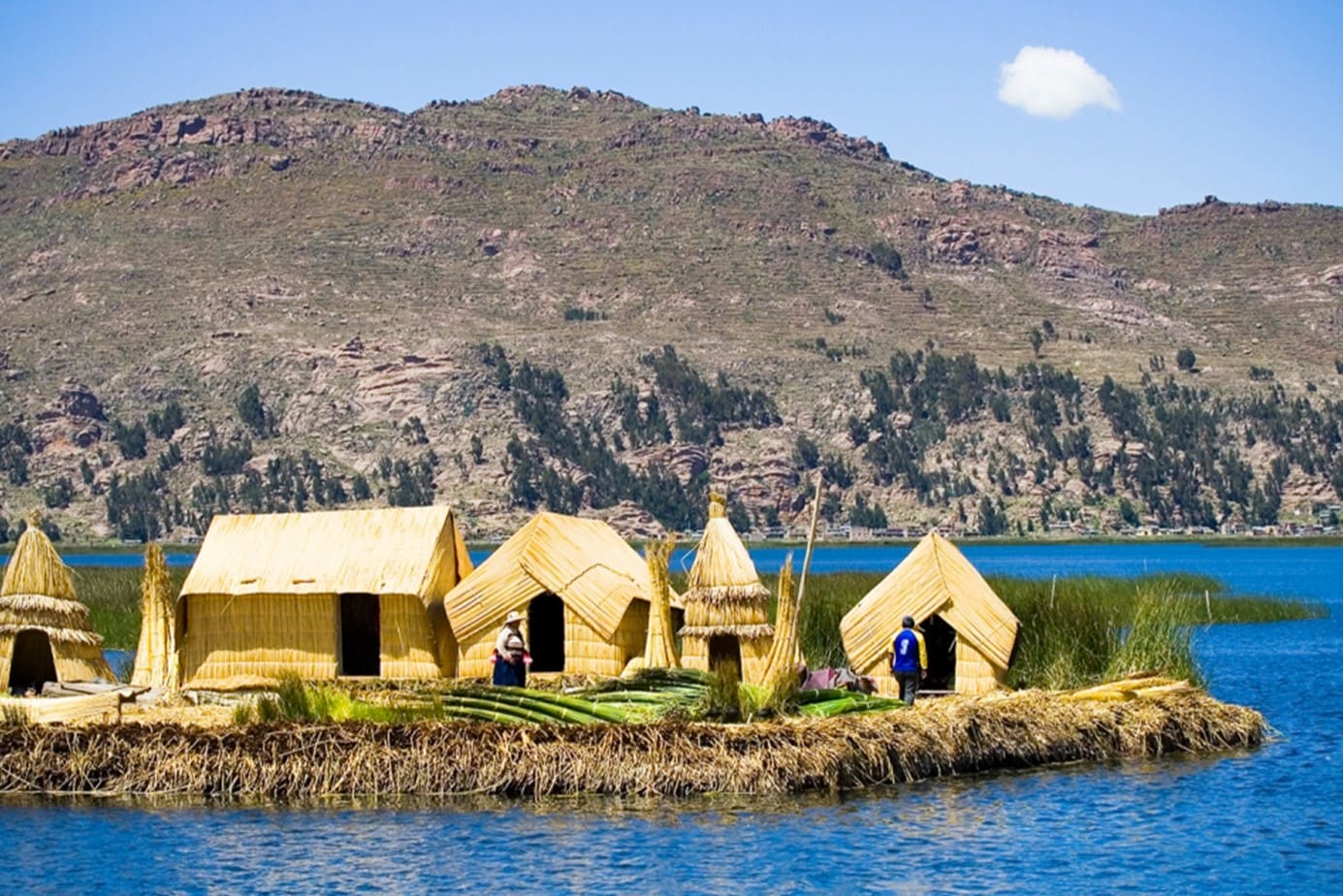Mystery Of The Floating Islands In Lake Titicaca

Have you ever heard of the floating islands in Lake Titicaca? These unique islands, made entirely of reeds, are home to the Uros people. Imagine living on a floating island that you can move if you don't like your neighbors! The Uros have been crafting these islands for centuries, creating a way of life that blends tradition with nature. Located on the border of Peru and Bolivia, Lake Titicaca is the highest navigable lake in the world. The floating islands offer a glimpse into a culture that thrives on ingenuity and resilience. Ready to learn more about this fascinating place? Let's dive in!
The Enigmatic Uros Islands
Lake Titicaca, straddling the border between Peru and Bolivia, is home to the fascinating floating islands of the Uros people. These islands, made entirely of totora reeds, offer a unique glimpse into a way of life that has persisted for centuries. Let's explore some of the most intriguing floating islands in Lake Titicaca.
- Isla de los Uros Titino
This island stands out for its vibrant community and rich cultural heritage. Visitors can learn about traditional reed boat-making techniques and even take a ride on one of these handcrafted vessels. The islanders are known for their warm hospitality and willingness to share their customs with outsiders.
- Isla de Santa Maria
Known for its picturesque setting, this island offers stunning views of the surrounding lake and mountains. The islanders here are skilled weavers, creating intricate textiles that tell stories of their ancestors. A visit to Santa Maria provides a peaceful retreat and a chance to purchase unique, handmade souvenirs.
The Unique Construction of Floating Islands
The construction of these floating islands is a marvel of engineering and ingenuity. The Uros people have perfected the art of building and maintaining their reed islands over generations. Each island is anchored to the lakebed with ropes and stakes, allowing it to float freely while remaining stable.
- Isla de Tribuna
Tribuna is one of the larger floating islands, home to several families who work together to maintain their floating home. The island features a small school where children learn both traditional Uros customs and modern subjects. Visitors can observe daily life and participate in community activities.
- Isla de Qhantati
Qhantati is renowned for its vibrant festivals and celebrations. The islanders host traditional dances and music performances, inviting visitors to join in the festivities. This island offers a lively atmosphere and a chance to experience the joyous spirit of the Uros people.
The Role of Totora Reeds
Totora reeds are the lifeblood of the Uros islands, used for everything from building homes to crafting boats. These reeds grow abundantly in the shallow waters of Lake Titicaca, providing a sustainable resource for the islanders.
- Isla de Pachamama
Pachamama, named after the Andean goddess of fertility, is a testament to the Uros people's deep connection to nature. The islanders practice sustainable living, using totora reeds to create eco-friendly structures. Visitors can learn about traditional farming techniques and the importance of environmental stewardship.
- Isla de Inti
Inti, named after the Incan sun god, is known for its spiritual significance. The island features a small temple where the Uros people conduct ceremonies to honor their deities. Visitors can participate in these rituals and gain insight into the spiritual beliefs that guide the Uros way of life.
The Future of the Floating Islands
While the Uros people have preserved their traditions for centuries, they also face modern challenges. Climate change, tourism, and economic pressures threaten their unique way of life. However, the Uros are resilient and continue to adapt to changing circumstances.
- Isla de Summa Paqari
Summa Paqari, meaning "new dawn" in the Aymara language, symbolizes hope and renewal. The islanders are actively involved in conservation efforts, working to protect their environment and cultural heritage. Visitors can support these initiatives by participating in eco-tourism activities and learning about sustainable practices.
- Isla de Kapi
Kapi is a hub for cultural exchange, where visitors can engage with the Uros people and learn about their history and traditions. The island hosts workshops on traditional crafts, cooking, and storytelling, providing a rich, immersive experience.
The Enchantment of Lake Titicaca's Floating Islands
Lake Titicaca's floating islands offer a unique blend of culture, history, and natural beauty. These man-made marvels, crafted from totora reeds, have been home to the Uros people for centuries. Visiting these islands provides a glimpse into a way of life that has remained largely unchanged. The vibrant colors, traditional crafts, and warm hospitality of the Uros make this destination unforgettable. Exploring the floating islands is not just about seeing a tourist attraction; it's about experiencing a living culture. Whether you're navigating the waters on a reed boat or interacting with the islanders, every moment is filled with wonder. Lake Titicaca's floating islands are a testament to human ingenuity and resilience. They remind us of the importance of preserving cultural heritage while embracing the beauty of our natural world.

